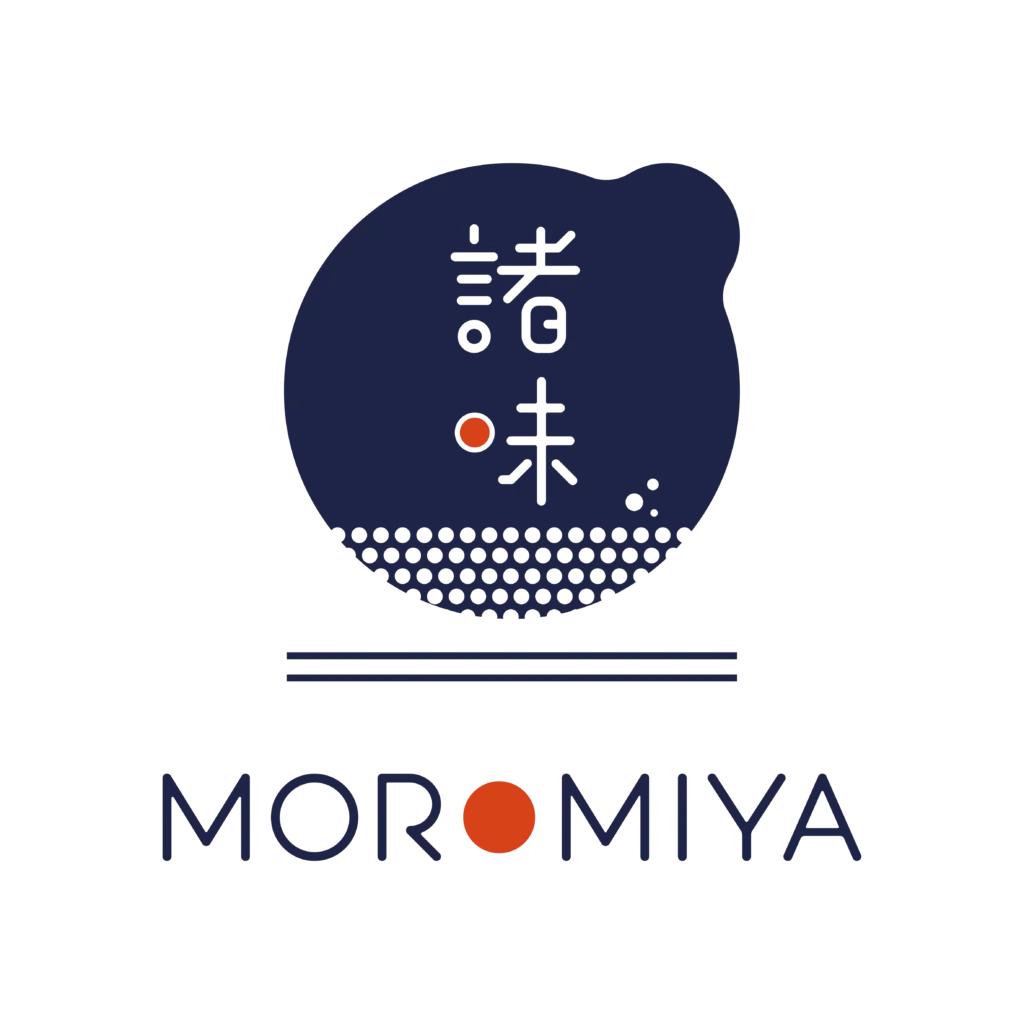About Moromi
もろみについて
About Moromi

Moromi is the source of shoyu (soy sauce), a favorite seasoning of Japanese.
It is a fermented food made by fermenting and aging soy sauce malt made from wheat and soybeans with salt water and is one of Japan’s traditional foods. It has a salty, umami, and aromatic taste similar to shoyu and miso, but not quite the same.
The texture of the soybean grains and the smoothness created by the fermentation process combine to create a nostalgic taste you may have tasted before and a new kind of taste. When you taste it, you can feel the breath of the fermentation, living moromi. The taste is delicious, and the breath of the fermented moromi spreads in your mouth as a sense of happiness.
How to Make Moromi
[Soybeans are steamed, and wheat is roasted and ground]
Soybeans are steamed and wheat is roasted to make it easier for koji mold to break down the ingredients. Raw soybeans and wheat are difficult for koji mold to work with. Therefore, they are heated to soften the ingredients.
[Make koji by mixing the steamed soybeans, roasted wheat, and seed koji (koji mold)]
Steamed soybeans and roasted wheat are dipped in seed koji to propagate. The purpose of propagating koji is to produce enzymes, which break down the protein in the soybeans into amino acids and the starch in the wheat into glucose. Amino acids give umami taste and glucose gives sweetness. Good koji production means good enzymes, which break down the ingredients to produce tasty moromi.
[Add salt water to koji]
Koji mold grows by eating soybeans and wheat, which are the raw materials. However, once they have consumed all of them, they then eat the amino acids and other substances that come out of the decomposition of the raw materials. That process results in the loss of umami component, and the flavor is lost. Therefore, once koji mold has grown to a certain level it is necessary to add salt water to stop the activity of koji mold. Once koji mold activity is stopped, lactic acid fermentation begins. The lactic acid fermentation gives moromi a refreshing sourness and a deep and extended flavor.
[Age for 1 year (stir sometimes)]
The lactic acid bacteria begin their activity, followed by the yeast, and after one to two months, moromi bubbles and turns reddish. During this period, moromi is stirred regularly to create a suitable environment for microorganisms, such as lactic acid bacteria and yeast mold, to work. After a few months of fermentation, moromi enters the “aging stage.”
Product Introduction
◆ MOROMI MAYONNAISE
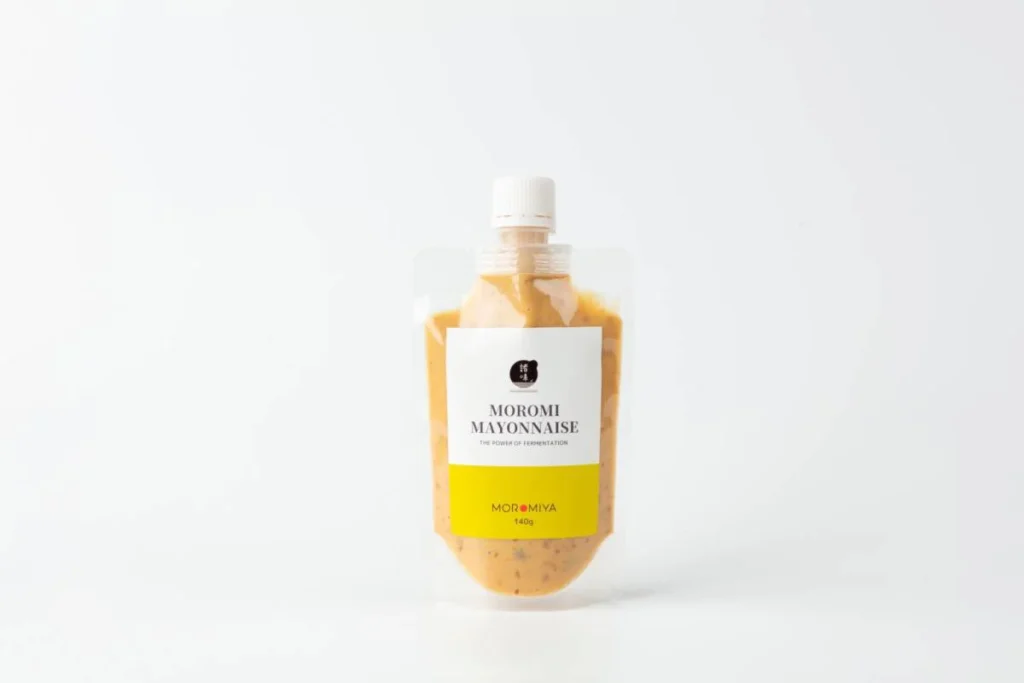
An all-purpose seasoning that provids the perfect combination of MOROMIYA’s signature moromi and mayonnaise.
The mellowness of mayonnaise is combined with the fresh aroma of moromi and the fermented and aged taste of moromi to create a deep taste.
It is recommended to use it not only with raw and steamed vegetables, but also as a base for fried foods such as tempura and fritters, sashimi (raw fish), sandwiches, and thick rice rolls.
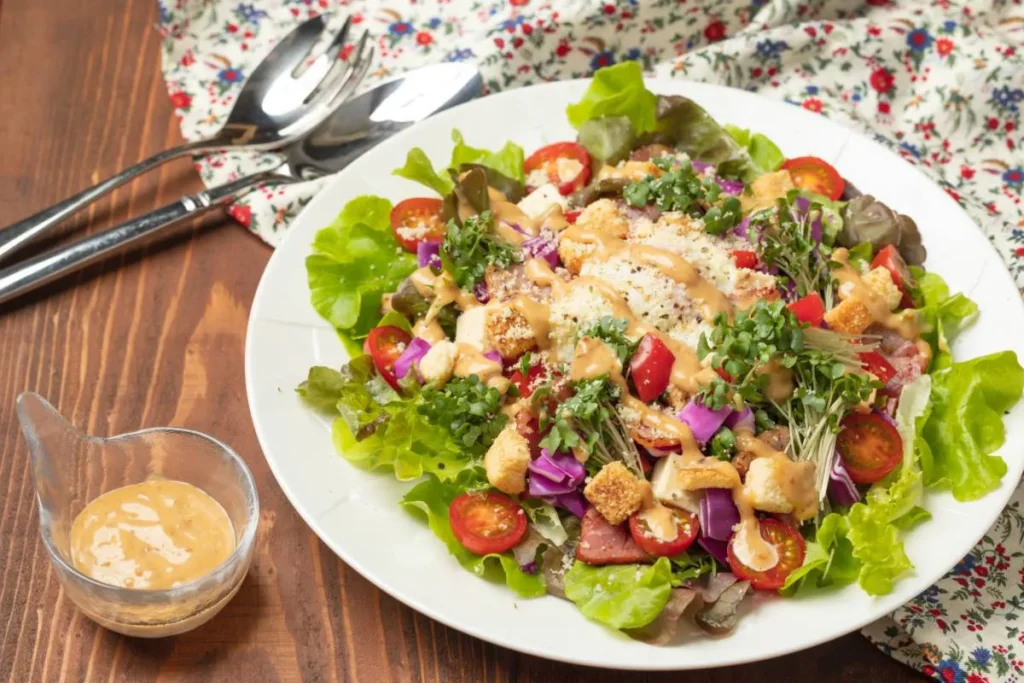
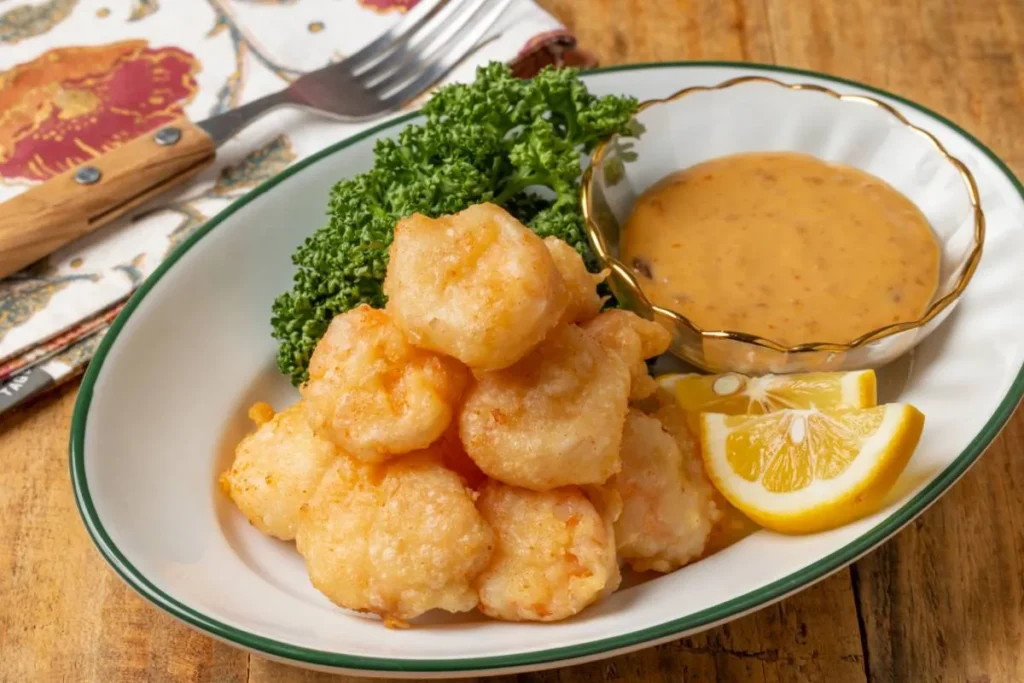

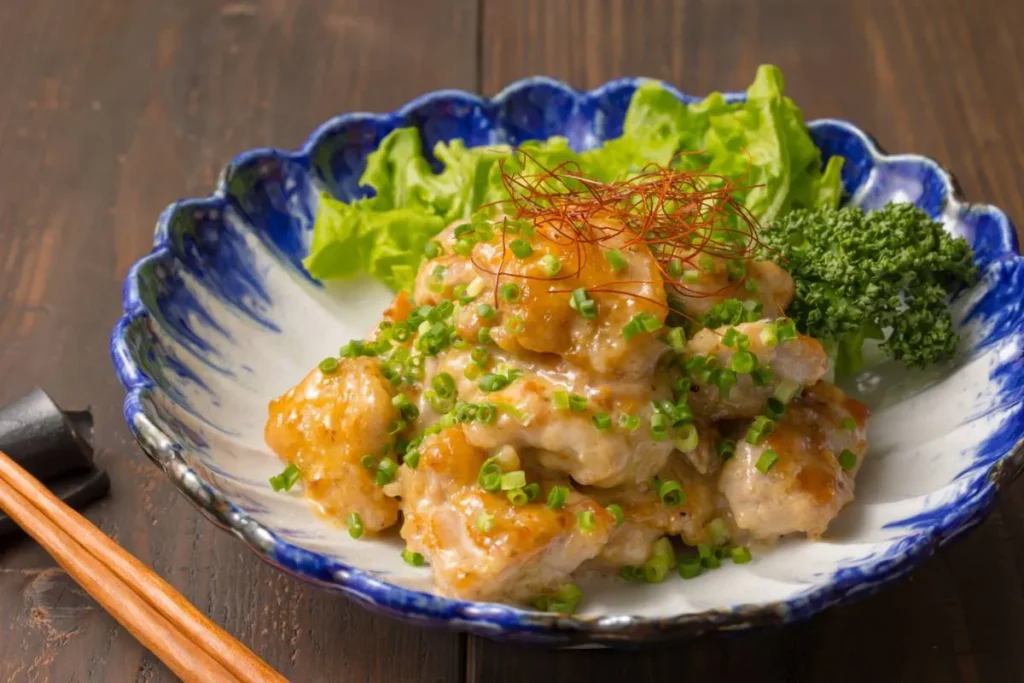
Amount: 140g
Expiration Date: 120 days from the date of manufacture (before opening)
Preservation method: Store at room temperature out of direct sunlight (refrigeration required after opening)
Manufacturer: moromiya LLC. 184 Otaba, Okutama-machi, Nishitama-gun, Tokyo
Nutrition Facts:1 tablespoon (per 15g) of average usage
Calories 86kcal
Protein 0.52g
Fat 7.8g
Carbohydrates 2.0g
Salt equivalent 0.48g
◆Moromi Marinated Duck
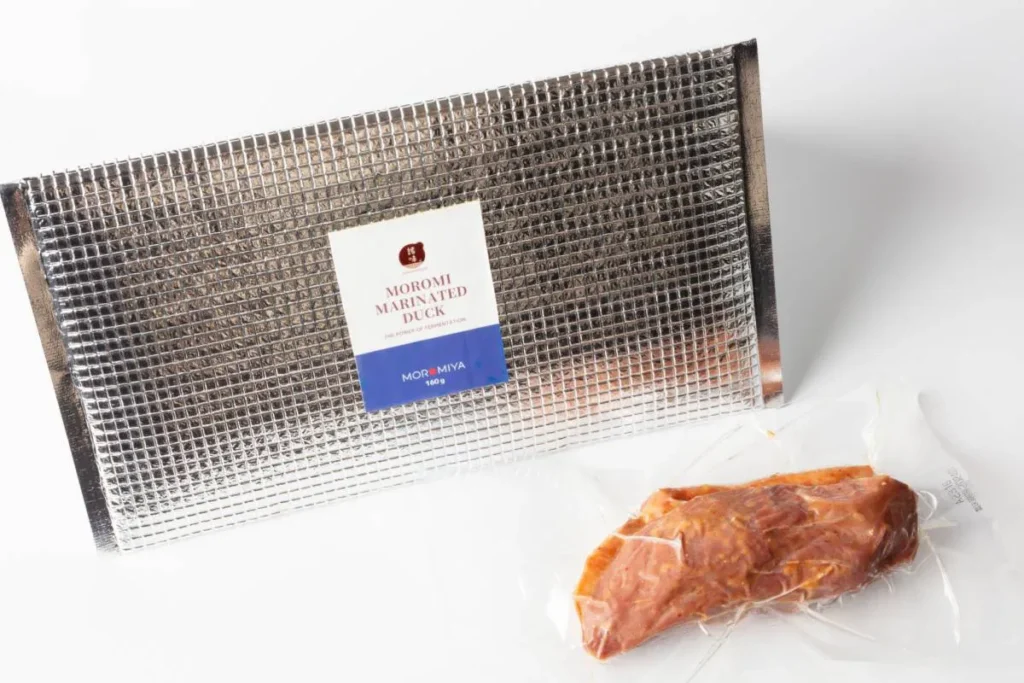
Fresh duck meat is marinated with aromatic moromi to bring out its umami and give it a tender and mild taste.
It is sliced or diced and can be enjoyed with beer and used as a snack or appetizer for red wine or Western-style drinks.
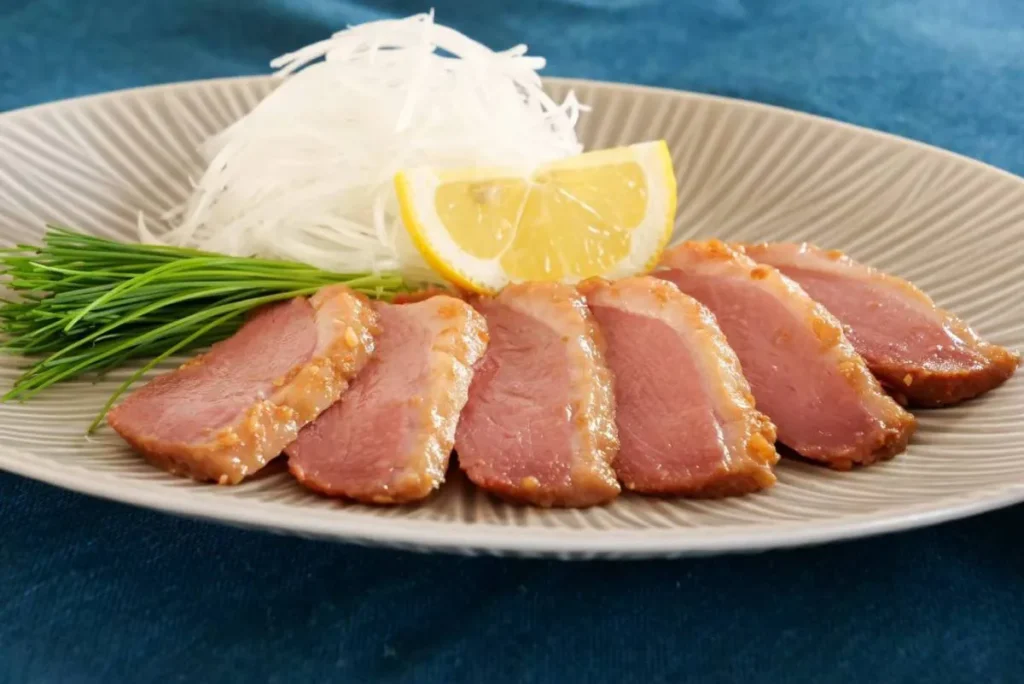

Amount:160 g
Expiration Date: 1 year from the date of manufacture (before opening)
Preservation method: under -18℃
Defrosting: 8 hours in a refrigerator or under running water
Seller: moromiya LLC. 184 Otaba, Okutama-cmachi, Nishitama-gun, Tokyo
Manufacturer: Chez Moi Corporation 2797-8 Hanasaki, Katashina-mura, Tone-gun, Gunma
Nutrition Facts: (per 100g)
Calories 265kcal
Protein 14.3g
Fat 23.0g
Carbohydrates 0.1g
Salt equivalent 1.4g






